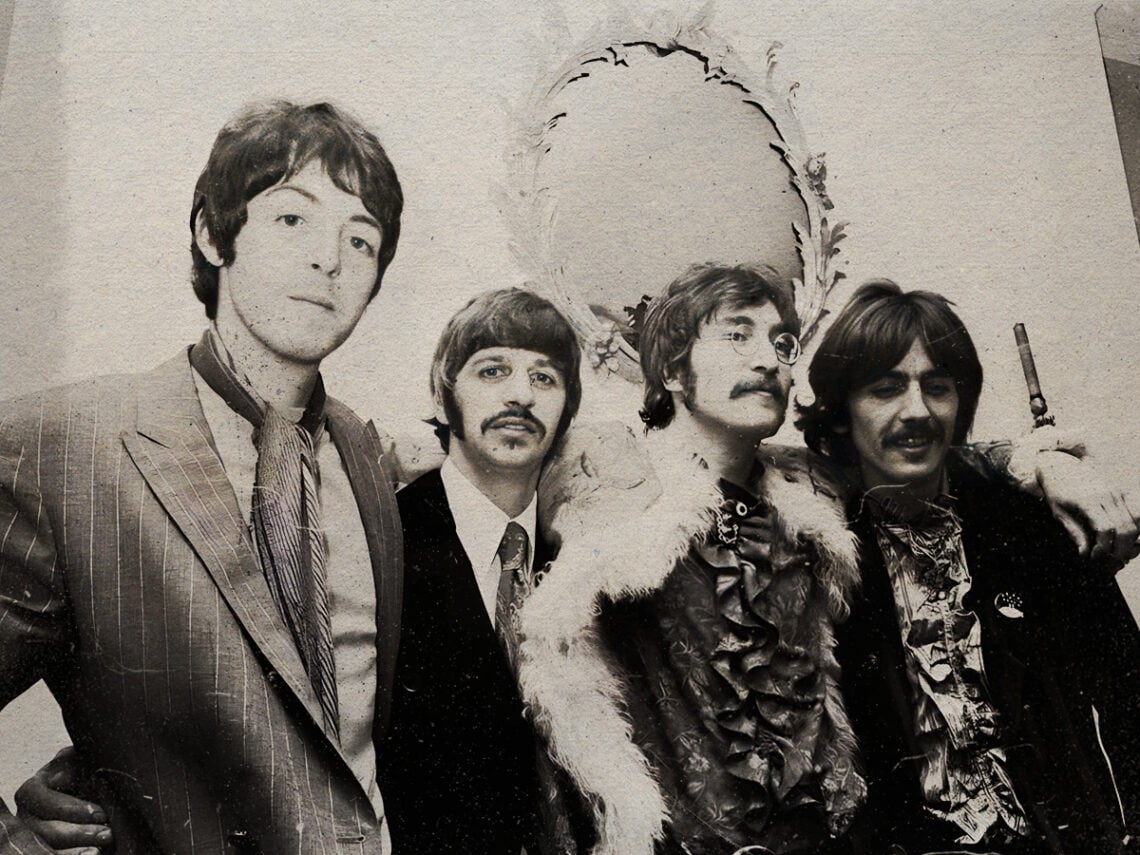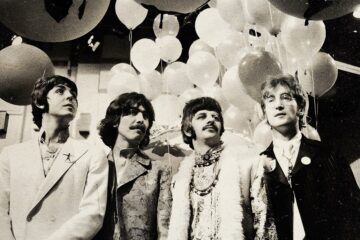At the forefront of music is experience, both on behalf of the artist and the listener. A person experiences an emotion or a sensation, and then, whether they write or consume, either articulate that experience or assign it. It commonly happens in the sense of love; many songs are about love, a feeling often described as indescribable, so it’s common practice for artists to try and explain it whilst consumers use it to try and make better sense of their feelings. But love isn’t the only experience in the world. In the late 1960s, The Beatles relied more on psychedelic experiences to create as opposed to emotional ones, which came about through experimentation with LSD.
Many different factors played into The Beatle’s enduring success, both when they were making music and decades later. Their ability as musicians certainly helped, as did their charm and likeability, but the band’s willingness to adapt and experiment with the music they made meant their sound was fresh, and each new release remained just as eagerly anticipated as the last.
To be so open to adaptability, the band was open to new experiences, so you may think that they first tried acid to tap into some untapped creativity, but that wasn’t the case. In fact, the first time John Lennon and George Harrison took LSD, it was against their will.
The Beatles and their wives, Cynthia Lennon and Pattie Boyd, were all having dinner at their dentist, John Riley’s, house. He urged everyone to have some coffee, and in reluctantly accepting, the band were about to embark on their first trip into psychedelia, as Riley had put LSD in the sugar cubes.
Lennon wasn’t happy with the spiking, but Harrison was slightly more open to the experience. “The dentist said something to John,” he recalled, “And John turned to me and said, ‘We’ve had LSD.’ I just thought, ‘Well, what’s that? So what? Let’s go!’”
Both John and Cynthia were becoming more uncomfortable with the situation, as Cynthia describes the moments after the revelation as something out of a horror film. For Harrison, it was less the effect the drugs were having on him and more the impact of the dentist, John Riley, that made him want to leave.
“This fella was still asking us to stay,” he said, “And it all became a bit seedy; it felt as if he was trying to get something happening in his house, that there was some reason he didn’t want us to go. I think he thought that there was going to be a big gang bang and that he was going to get to shag everybody. I really think that was his motive.”
The rest of that night was one filled with highs and lows. The group first took refuge at the Ad Lib Club, where Lennon remembers them acting insane and convincing themselves the lift was on fire, but towards the end of the evening, they all started to see the benefits of the drug. “I had such an overwhelming feeling of well-being, that there was a God, and I could see him in every blade of grass,” said Harrison, “It was like gaining hundreds of years of experience in 12 hours.”
After that night, John and George developed a new-found connection they wanted to explore again with the rest of the band. In 1965, they were staying at Benedict Canyon in a stilt house and convinced everyone there, apart from Paul McCartney, who wouldn’t try the drug until late ’66, to give acid a go.
“I had a concept of what had happened the first time I took LSD, but the concept is nowhere near as big as the reality when it actually happens,” remembered Harrison, “So as it kicked in again, I thought, ‘Jesus, I remember!’ I was trying to play the guitar, and then I got in the swimming pool, and it was a great feeling; the water felt good.”
The rest of the night was spent arguing, watching a movie, dodging journalists, sex, and, most importantly, transcendence. “I noticed that I’d go ‘out there’; I’d be gone somewhere, and then, bang! I’d land back in my body. I’d look around and see that John had just done the same thing. You go in tandem, you’re out there for a while and then, BOING!”
That first acid trip was one done without consent, but it opened Lennon and Harrison’s eyes to the experience of tripping. The second time was more under their terms, and it cemented their affinity for the drug. Those two times on LSD ushered in a new era for the band, one more prone towards psychedelia, and that would see the band produce some of their most ambiguous and experimental music. The experiences they conveyed to their fans were now more open to interpretation, arguably making them more accessible, helping their career, and, undoubtedly, changing the band forever.



